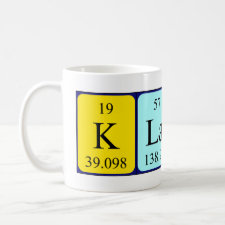
Authors: Zhang HQ, Ye L, Mosbach K
Article Title: Non-covalent molecular imprinting with emphasis on its application in separation and drug development.
Publication date: 2006
Journal: Journal of Molecular Recognition
Volume: 19
Issue: (4)
Page numbers: 248-259.
DOI: 10.1002/jmr.793
Abstract: The molecular imprinting technique can be defined as the formation of specific nano-sized cavities by means of template-directed synthesis. The resulting molecularly imprinted polymers (MIPs), which often have an affinity and a selectivity approaching those of antibody-antigen systems, have thus been coined "artificial antibodies". MIPs are characterized by their high specificity, ease of preparation, and their thermal and chemical stability. They have been widely studied in connection with many potential applications, including their use for separation and isolation purposes, as antibody mimics (biomimetic assays and sensors), as enzyme mimics, in organic synthesis, and in drug delivery. The non-covalent imprinting approach, developed mainly in Lund, has proven to be more versatile than the alternative covalent approach because of its preparation being less complicated and of the broad selection of functional monomers and possible target molecules that are available. The paper presents a review of studies of this versatile technique in the areas of separation and drug development, with emphasis being placed on work carried out in our laboratory. Copyright © 2006 John Wiley & Sons, Ltd
Template and target information: Review - MIPs noncovalent imprinting
Author keywords: molecular imprinting, non-covalent approach, separation, drug development



Join the Society for Molecular Imprinting

New items RSS feed
Sign-up for e-mail updates:
Choose between receiving an occasional newsletter or more frequent e-mail alerts.
Click here to go to the sign-up page.
Is your name elemental or peptidic? Enter your name and find out by clicking either of the buttons below!
Other products you may like:
 MIPdatabase
MIPdatabase









